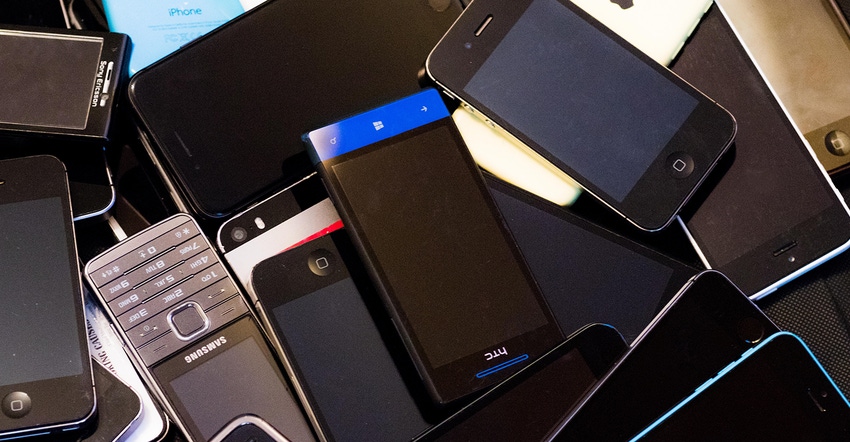Study Reports Canada’s E-waste Has Tripled Over Two Decades
We’re well into the digital age, for better or worse. The total e-waste generated in Canada in the year 2000 was roughly 277,000 tons, and in the year 2020 Canada generated more than 1 million tons of e-waste.

We’re well into the digital age, for better or worse. The rapidly increasing use and need of technology of among, well, all people has had plenty of positive impacts on our communities.
However, with the good comes the bad as all these new devices need to go somewhere when they’re dead, broken, or outdated. And as rapidly as we can develop new tech, electronics are thrown out at faster and faster rates all the time.
Our ability to develop new devices and haphazardly throw away old ones is taking a heavy toll on our environment, making it a total global challenge.
A new report released recently shows how much electronic waste Canada has produced over the last 20 years and the total amount is staggering.
According to the report, the total e-waste generated in Canada in the year 2000 was roughly 277,000 tons, and in the year 2020, Canada generated more than 1 million tons of e-waste. At this rate, this trend is expected to continue to increase annually, estimating that the amount of e-waste will reach 1.3 million by 2030.
Per person, Canada was averaging around 18 pounds of electronic waste in 2000, but again, the rise of electronics in our communities has brought that number way up. In 2020, Canadians, per person, were responsible for 56 pounds of electronic waste and at this rate, that annual number is expected to hit nearly 70 pounds per person by 2030.
Now, the electronic equipment considered for this study included a wide range of products and even items such as circuits or electrical components with direct power or battery supply. And Canada isn’t the only one on the hook for the rise in e-waste as the total mass of global e-waste is rising yearly by a whopping 2.7 million tons.
This is due to a ton of different reasons, but consumers are churning out their electronics faster than ever and with fewer resources to properly recycle these devices, it’s only going to increase. The study estimates that by 2030, the global e-waste generation is projected to reach an alarming 82 million tons. Recent estimates suggest that the global annual e-waste generation has already surpassed 59 million tons and only 17.4 percent of that was recycled properly.
E-waste is also considered hazardous waste when thinking about all the contained in them such as lead, mercury, arsenic, cadmium, and much more. Not to mention, a lot of electronics are carrying around lithium-ion batteries that are just waiting to explode. Potential fires and contamination present very real human health risks and potentially devastating environmental impacts.
Although, e-waste has a promising end goal is disposed of properly and recycled. E-waste can contain noteworthy quantities of iron, aluminum and copper, plus valuable metals such as gold, silver, and platinum. Plus, the value of select raw materials found in e-waste, such as cobalt, indium, and bismuth, produced roughly 57 billion USD in 2019. So, not only is it human and earth friendly to recycle electronics, but it can also be a financial gain.
About the Author(s)
You May Also Like




